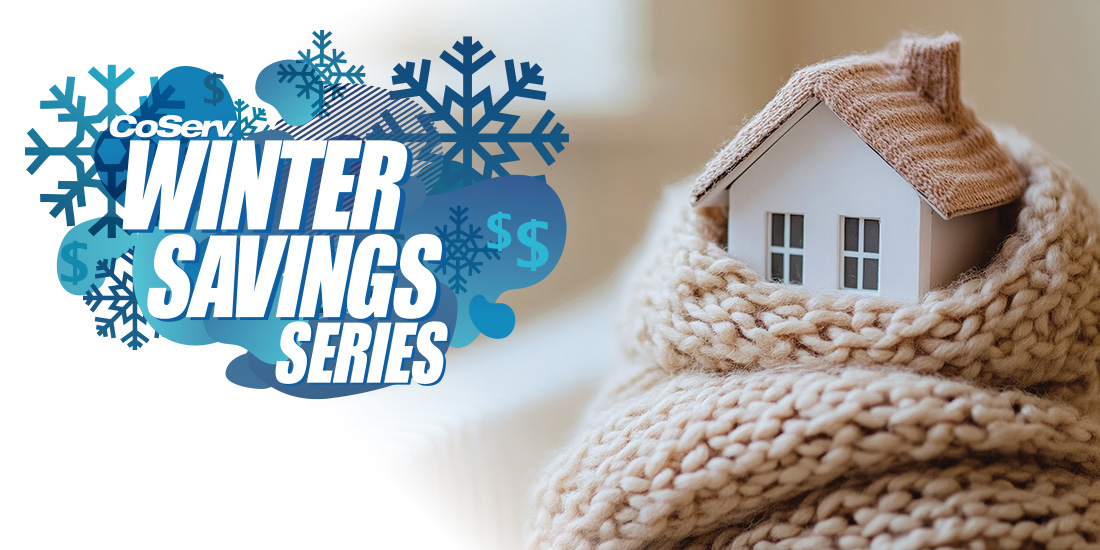CoServ’s Energy Expert Shares Energy Savings Tips

Did you know that the higher you set the thermostat, the more energy you’ll consume? And, depending on the type of heater in your home, your electricity usage could actually be higher during an extended cold snap than it was during the height of summer.
We sat down with Manager of Energy Solutions Josh Sterling for some advice and tips on staying warm while also reducing energy usage.
What does the DOE recommend for a thermostat setting when it's cold outside?
The Department of Energy recommends a thermostat setting of 68 degrees or lower when people are home. A rule of thumb is that every degree above 68 degrees increases costs by 5%.
What should CoServ Members do when they leave home for extended periods?
Lower your thermostat 5 to 7 degrees when leaving for more than 4 hours. The exception is if your home has an electric heater with a heat pump that uses electric resistance auxiliary. These types of heaters should only be lowered about 1 to 2 degrees to prevent the less efficient auxiliary heater from coming on.
What's the least efficient type of heater?
Electric heaters that use resistance coils for heating are the most costly to operate, and this includes space heaters. Most apartments typically have resistance coil heaters. Members with this type of heater should be especially mindful of thermostat settings during the winter. Also note that the aforementioned auxiliary heating systems also use the same resistance coil heating, which is why you want to minimize how often it comes on.
Simple Ways to Reduce Energy Use in Winter
- Make sure your doors and windows are properly sealed to keep warm air in and cold air out.
- Close the flue on your fireplace when not in use.
- Utilize direct sunlight to warm your house.
- Reduce the maximum temperature on your water heater to 120 degrees.
- Change air filters according to the manufacturer's recommendation.
- Use blankets and additional clothing to slow heat transfer from your body.

